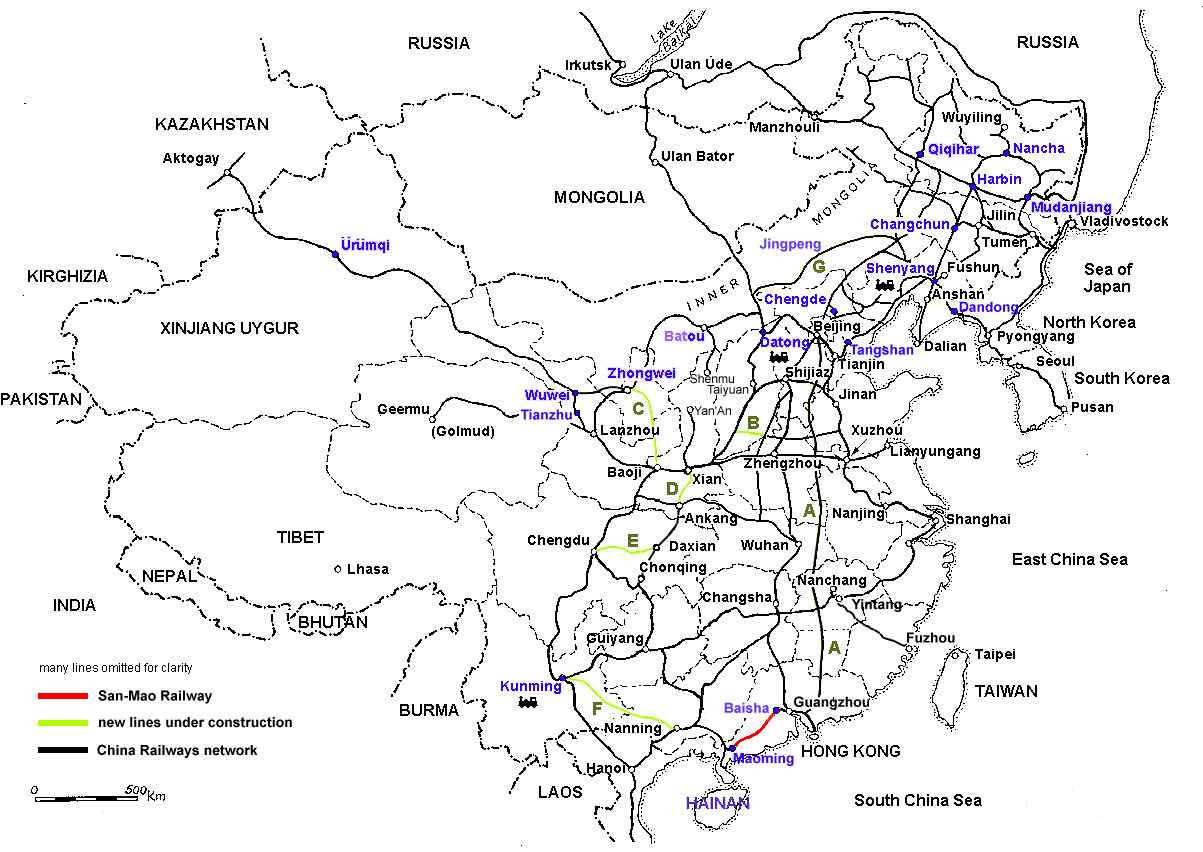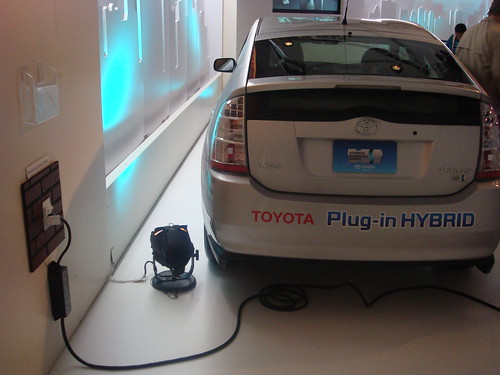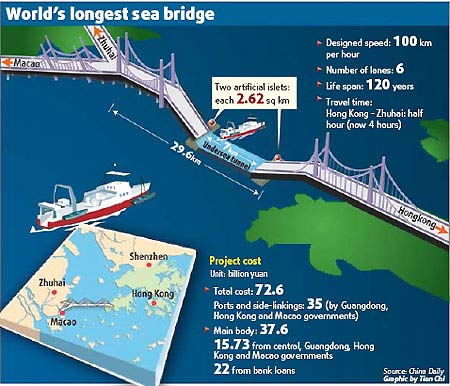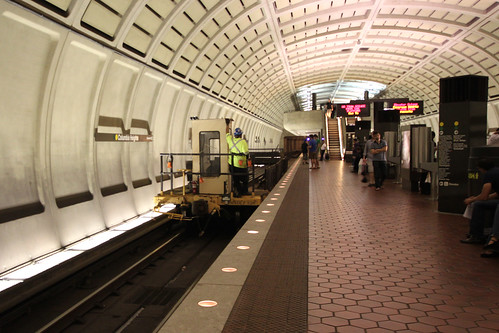Investigation finds serious air safety violations; Sec. Ray Lahood punches back citing FAA’s strong record
(Sources: USAToday.com; Secretary LaHood’s Fast Lane Blog)
Today’s edition of USATODAY featured a lengthy article in its “Travel” section that raises alarming questions over the safety of our nation’s aviation system, which is considered to be one of the safest in the world. Here is an excerpt from the USAToday article, which throws some staggering numbers that will leave you worried the next time you think about packing your bags for a business trip or a personal vacation to some exotic place.
During the past six years, millions of passengers have been on at least 65,000 U.S. airline flights that shouldn’t have taken off because planes weren’t properly maintained, a six-month USA TODAY investigation has found.
The investigation — which included an analysis of government fines against airlines for maintenance violations and penalty letters sent to them that were obtained through the Freedom of Information Act — reveals that substandard repairs, unqualified mechanics and lax oversight by airlines and the Federal Aviation Administration (FAA) are not unusual.
“Many repairs are not being done or done properly, and too many flights are leaving the ground in what the FAA calls ‘unairworthy,’ or unsafe, condition,” says John Goglia, a former airline mechanic who was a National Transportation Safety Board (NTSB) member from 1995 to 2004.
Airlines contract about 70% of their maintenance work to repair shops in the USA and abroad, where mistakes can be made by untrained and ill-equipped personnel, the Department of Transportation’s inspector general says. Airlines also disregard FAA inspectors’ findings to keep planes flying, defer necessary repairs beyond permissible time frames, use unapproved parts and perform their own sloppy maintenance work, according to FAA documents.
Though many maintenance problems go undetected, the FAA levied $28.2 million in fines and proposed fines against 25 U.S. airlines for maintenance violations that occurred during the past six years. In many cases, planes operated for months before the FAA found maintenance deficiencies. In some cases, airlines continued to fly planes after the FAA found deficiencies in them.
The 65,000 flights that took off when they shouldn’t have represent a fraction of the 63.8 million flights that all U.S. airlines flew during the past six years. The FAA doesn’t always document how many times planes with maintenance problems have flown.
Peeved by the allegation/accusation, the man in charge of everything transportation in the USofA, USDOT Secretary Ray LaHood jumped on his blog to offer a nice rebuttal and assurance that his agency is simply not standing by and defended the steps taken by FAA to avert serious aviation disasters resulting from shoddy practices. He called out the USAToday’s allegations “patently absurd” and strongly defended the FAA’s certification process that ensures the quality of work done foreign maintenance shops. Here is an extract of the the Secretary’s blog post on this topic:
Contrary to the assertion in USA Today, we are not allowing flights to leave the ground in “unsafe condition.”
It’s a bit ironic when you consider that only yesterday we announced a $2.5 million fine against American Eagle for using incorrect takeoff weights.
And when we do find a maintenance violation, even that does not mean an aircraft is unsafe to fly.
Of course, we want all maintenance violations corrected to maintain the level of safety in the system, and we work vigilantly to make sure they are. But airplanes are complex machines built with checks and redundancies to maintain safety. I’ve been doing a lot of flying over the past year, and not once have I doubted the safety of my aircraft. Not once.
Sec. LaHood concludes his blog post by saying “Look, it’s very simple. When planes are unsafe, they are grounded. When airlines are not operating to the highest levels of safety, they are subject to stiff fines. The only thing Administrator Babbitt and the entire FAA can be accused of is working aggressively to make sure airlines comply with our rigorous safety standards. End of story. Click here to read Secretary LaHood’s entire blog post and here for the FAA Press Release that proposes nearly $2.5 Million penalty against American Eagle Airlines for unsafe operation of flights (for failure to ensure the weight of baggage was properly calculated).
Back in October 2009, Transportgooru published an article titled “Blues in the Sky: NPR’s in-depth coverage shows how airlines cut costs by going aborad for service/repairs“ that profiled a similar investigation conducted by NPR. The NPR investigation focused on the faulty maintenance of aircraft. The airlines’ outsourcing of maintenance jobs to foreign destinations to cut costs where workers with limited experience work on fixing the aircraft was at the heart of this piece. It might be worth revisiting that NPR article to see some of the some issues highlighted in this USAToday article.
Do you think the USDOT/FAA is doing a good job in keeping our skies safe? Register your thoughts below.










